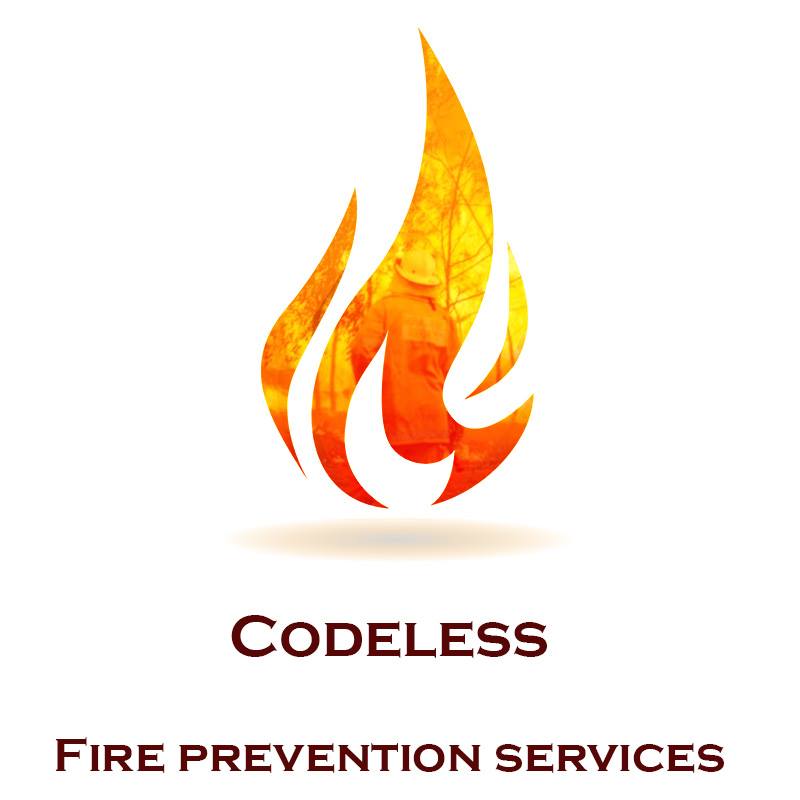Bushfire Ready
What can we do to prevent or prepare for bushfires?
Go to Challenge | 12 teams have entered this challenge.

Codeless
Codeless has produced a product that provides a solution to the challenge 'Bushfire Ready'. The hack is a bushfire awareness application readily available for the general public to download. The application features a fire hazard map with real time data that alerts users when weather conditions escalate. The map shows the areas that are most at risk of catching fire through the use of slope, vegetation and weather severity data sets. When conditions start getting dangerous, users will be aware and can take the necessary precautions. The map also shows the locations of fire emergency stations and water bodies in the case of emergencies. Wildlife distributions are shown in order to provide animal rescue with significant locations to focus on. This hack will increase bushfire awareness and help to prevent damage to property and the wildlife.
This dataset was developed by the CSIRO in conjunction with QFES in order to develop multi-scale site assessments for bushfire risk. It combines:
Maximum Slope Data – considers tendency of fire fronts to move down a slope
Vegetation Hazard Classes – categorises vegetation based on effectiveness as a fuel source
Fire Weather Severity – considers climate and weather conditions that may cause or worsen bushfires
This dataset simply logs the vector point locations of emergency service locations. We extracted the specific locations of QFES facilities from this set.
Wetland areas shows categorised wetland or water body areas.
This map shows relative distributions and densities of QLD wildlife. It is georeferenced to their location, and indicates the type of fauna, by metrics such as species, class and family.
Each map was unpacked and imported into ArcMap, which was set-up with a GDA1994 datum and UTM zone 56 projected coordinate system.
The raster datasets (all of set 1) where reclassified to 5 tiers, with the following conditions:
The Slope Dataset was classified for values of 1-5 where 5 represented the steepest slope (least desirable result)
The vegetation hazard class data was classified for values 1-5 where 5 represented the most flammable vegetation classes
The fire weather conditions data was classified for values 1-5 where 5 represented the worst conditions
The data for QFES locations was extracted as its own vector point layer.
Euclidean distance tool was then used to determine tiered distance from these locations.
Distance data was reclassified into 5 sets, such that 5 represented locations furthest from fire response
Vector polygon to raster conversion was performed to align data with other data in the project
The data was then reclassified to 2 categories 0 and no data. This follows the logic that the presence of a wetland will eliminate potential for fires, however the lack of a wetland does not positively contribute to fire hazard overall.
A raster calculation was performed and reclassified to give 5 colour-coded categories for the largest danger and hazard class.
Set 4 (Generalised wildlife locations and density) was imported:
Due to extremely high data volumes, data that met the criteria of significant, land-dwelling species was extracted as the most at-risk.
The data was converted to raster form, and classified by the two main animal classes remaining – reptile and mammal.
Description of Use Used to provide locations of at risk, land-dwelling animals compared to a developed bush-fire hazard map.
Description of Use Used to eliminate wetland regions and water bodies from potential fire-prone areas.
Description of Use Used to determine locational accessibility to fire services during bushfire events.
Description of Use Used as primary inputs for bushfire hazard identification map
Go to Challenge | 12 teams have entered this challenge.
Go to Challenge | 15 teams have entered this challenge.